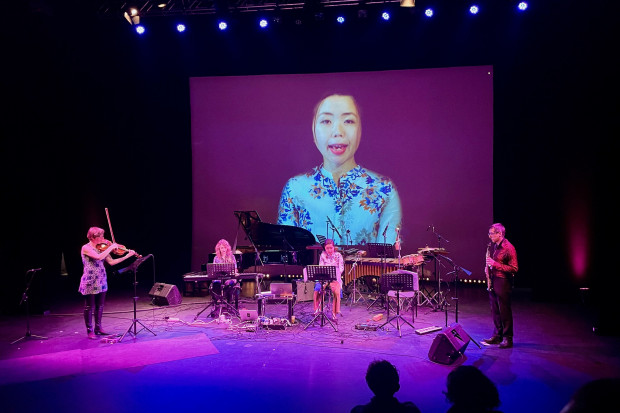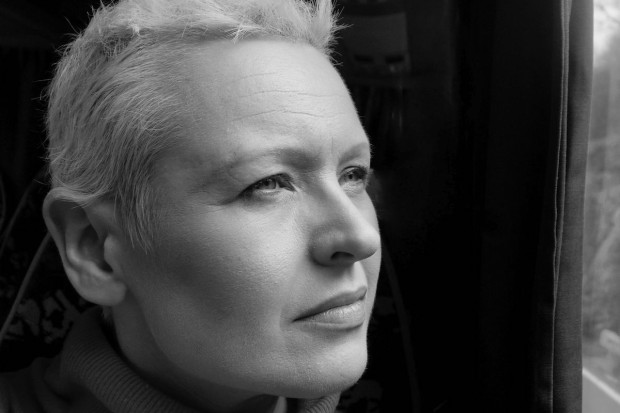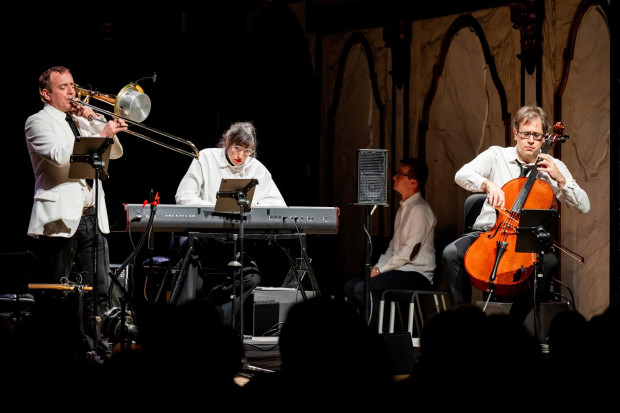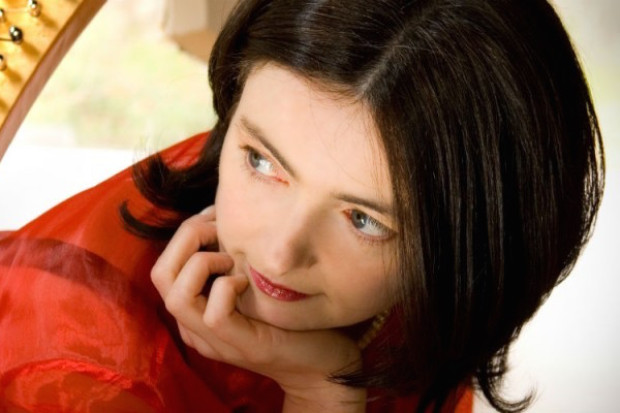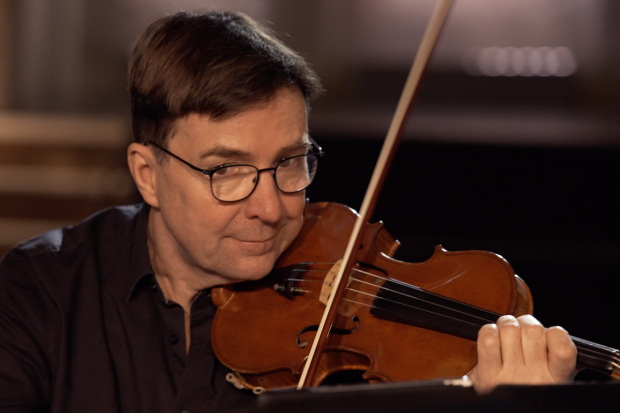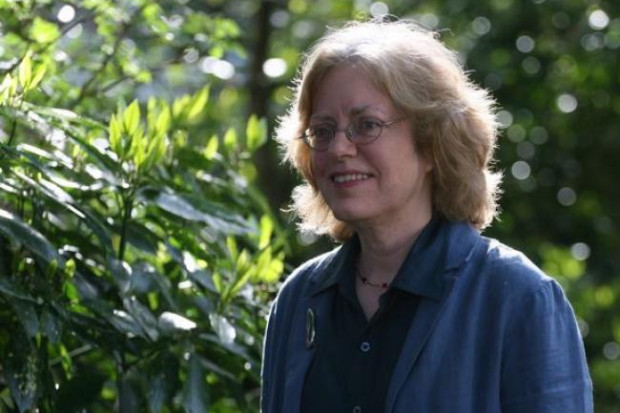
Concorde
Elaine Clark (violin), Martin Johnson (cello), David James (cello), Madeleine Staunton (flute), Paul Roe (clarinet), Roberto Oliveira (percussion), Tine Verbeke (soprano), Jane O’Leary (piano)
Irish Museum of Modern Art, Dublin
15 February 2009
This was probably the first new music event in Ireland to offer its post-lunch audience the sight of an unhappy rabbit being strangled by the writhing coils of a python clearly eager for its own lunch and then the poignant sight of the rabbit’s hind legs being drawn by the reptile’s straining jaws towards its gullet. In fact, owing to a partial technical failure first time round – we were dealing with century-old film footage, not live drama – we were offered a second helping of rabbit. This brought us spectators even more uncomfortably face to face with the original gaping spectators seen on the far side of the glass case in which the snake went about its business. Around this short film, as well as Retour á la Raison, a film by Man Ray that encompasses both speeded-up constructivist-style images and the body of Kiki de Montparnasse, Javier Alvarez composed an intense and varied cello line that works its way through a shifting electro-acoustic soundscape. (David James was the guest player for this particular work.)
Not all the music in this concert, which was devoted to new or relatively new Mexican composers, was so overtly dramatic. Ana Lara’s Niebla del alba (‘mist of dawn’) refers to a haiku-like text. Some of the flute and piano conversation seemed standard contemporary fare, but a passage of sustained breathy notes in the upper register stood out; there were flurries of intensity in the closing section too. But this was just a sliver of what seems to be quite a varied output. Japan figured more explicitly in Jorge Torres-Sáenz’s Crisantemus, which pays homage to the suggestiveness of a Basho haiku (‘Chrysanthemums come into flower, / ethereal. / after the rain-storm’); in its second phase, particularly, it also partook of the astringent lyricism of some traditional Japanese music. Whether so much ensemble colour needed to be added to the dominant flute line – Elaine Clark’s violin, Paul Roe’s clarinets, Jane O’Leary’s piano and Martin Johnson’s cello all figured – might be a matter for debate. Here and elsewhere, Madeleine Staunton enjoyed the opportunity she was given to put her flutes through their paces.
José Luis Hurtado’s Tres acompañamientos ligeros para una voz espontánea (‘three light accompaniments for a spontaneous voice’) also gestured to poetry – in this case, a lyric by the Mexican poet Jaime Sabines, which was, rather peculiarly, and unmusically, translated in the programme notes. Here again the stress was on atmosphere and colour: Roberto Oliveira’s vibraphone and percussion were prominent, with both soprano Tine Verbeke’s voice and Johnson’s cello sketching flickering, elusive lines. There was a touch of wit to the sudden conclusion.
The concert had opened with a substantial work by Gabriela Ortiz. The composer’s note evokes the geometrically decorative eagle designs in certain Mexican fabrics. With the full ensemble in action, we were indeed offered some sharply angular textures; we then moved into lively rhythmic territory vaguely reminiscent of Stravinsky before slowing and finally reconnecting with the feeling of the opening section. There was conventional story-telling here as well as passages of strong design.
Concorde (and the Mexican Embassy) should be congratulated for introducing so much previously unheard music, which, if it not did not quite crush with python-like power, made its mark on a largely receptive audience.
Published on 1 April 2009
Barra Ó Séaghdha is a writer on cultural politics, literature and music.












